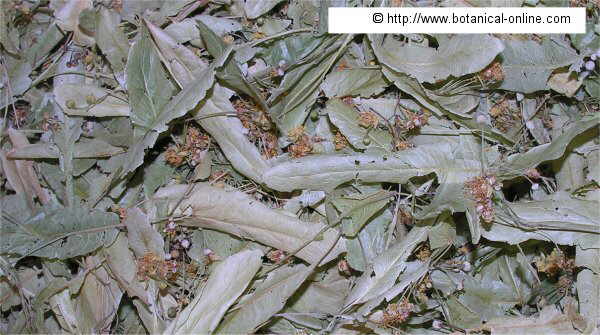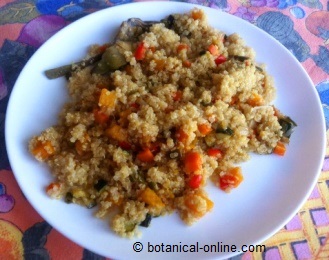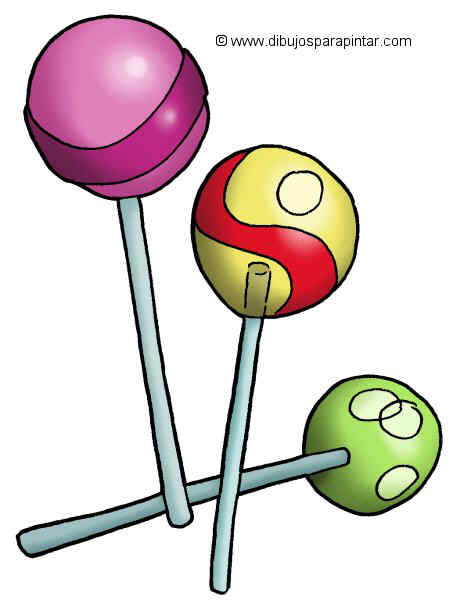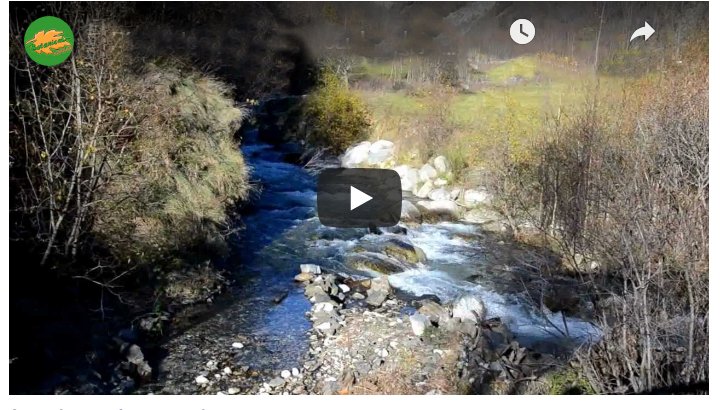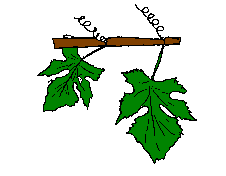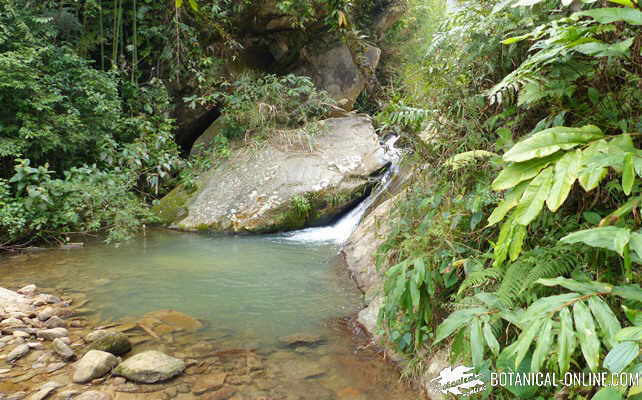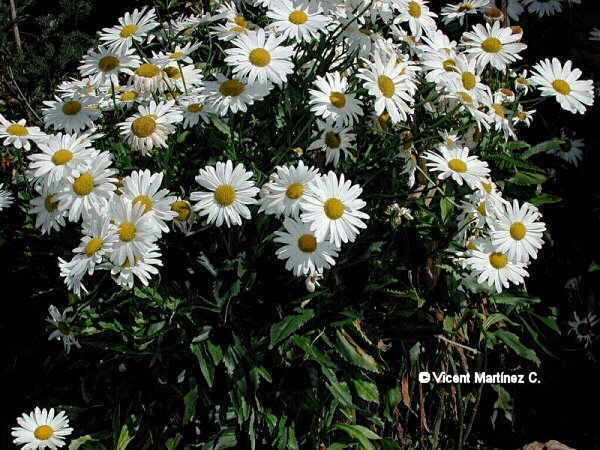Contents
HOW TO GROW YAM
Yam care
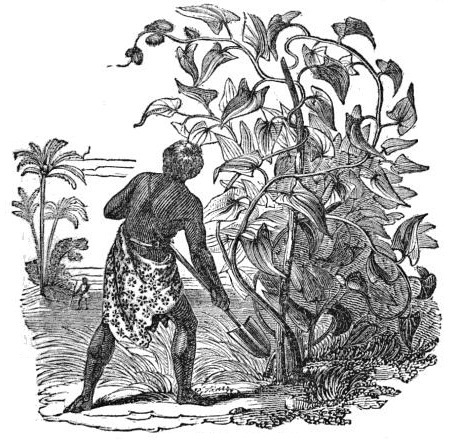
In the drawing:Illustration of yam plant. These vines can reach 3 meters high
 Yam description
Yam description
The cultivation of yam tuber is the third global agro-economic product after cassava (Manihot esculenta) and sweet potato (Ipomoea batatas).
Yams (Dioscorea spp.) is a genus of perennial climber with tuberous roots. The plants are formed from their underground rhizomes, where the vines are born, and of these, leaves, roots and stolons of the plant.
The stem of the plant grows in a spiral, and it is possible to distinguish which species of yam according to the direction it takes.
Plants produce tubers and bulblets (aerial tubers), which arise from the leaf axils. These tubers are cylindrical and rich in carbohydrates, which allow the plant to survive in very dry climates. These are the major tuber plant agrifood interest. Yam tubers can be large and can reach 5 – 10kg. The flesh may be white yam, yellow or purple, depending on the variety grown.
The leaves of the plant are typically large, heart-shaped and bright green. Sometimes they may have purple hues in leaves due to their anthocyanin content.
Yam is a dioecious plant, having female flowers (most abundant) and male flowers on the same plant. They bloom at irregular times, which makes the process of pollination difficult and causes low production of fruits and seeds in this crop, which is only used for the production of tubers.
| * Related information: Species of yam |
 Yam climate
Yam climate
– Yams (Dioscorea spp.) are plants of tropical and pantropical origin, mainly grown for food in Africa (continent with the highest production in 2010), South Asia, Pacific Islands and Colombian Caribbean region (Colombia was the country with the highest production yield in 2010). Only species D. opposita and D. japonica are not tropical. They are grown mainly in China, and tolerate freezing temperatures.
– Yam grows in full sun.
– Suitable average temperatures between 18 º C and 34 º C. These tropical plants can not tolerate frost.
– Annual rainfall between 1,200 mm. and 1.300mm.
– It grows from sea level to 800m. tall. Yam has been since ancient times a food for fishers. It is grown in coastal regions of Africa, due to the historical tradition of this food at sea. Indeed, it is an energetic and nutritious vegetable that keeps well on long trips. It contains a lot of vitamin C and B vitamins
| World yam producers FAO, 2010 | |
| Country | Production |
| Nigeria | 29.148.200T (60% world production) |
| Ghana | 5.960.490T (12,2% world production) |
| Ivory Coast | 5.700.000T (11,7% world production) |
 Soil for yam
Soil for yam
– The cultivation of yam requires fertile soils, deep (plus 0.6 m.) and well drained.
– Texture-sandy loam. Too clayey soils do not favor it.
– It is important for the soil not to be compacted. Too compacted soil eventually leads to tuber malformation.
– Soil pH between 5.5 – 6.5
 Yam propagation
Yam propagation
Yam can be reproduced vegetatively, by transplanting the rhizomes:
– Small yams are selected from prior plantation, weighing less than 2kg. They should be stored in a ventilated, dry place until planting time. Rhizomes (commonly known as “seeds”) are cut into pieces 100 – 150g. They are directly planted in the soil.
– For large yam productions, before planting, rhizomes are subjected to a disinfectant treatment .
– The soil requires to be plowed before transplantation of tubers, in order to make it loose for the good growth of the plant and its roots.
– Planting is preferably done before the rainy season, between the months of April, May and June. Estimated date for the harvest takes place between November, December and January.
– Planting is done manually. Before planting, some field cultural practices should be done, such as plowing, raking, and sowing .
– Budding occurs in 5 to 10 weeks, depending on the species.
 Yam growing cycle
Yam growing cycle
Yam is a perennial plant, although it is treated as an annual one. Growth takes place in three distinct phases, which develop over 12 months and repeat indefinitely during the life of the plant. For this reason, it is said that the yam is a perennial grown as an annual.
– Vegetative growth: phase begins with the outbreak and development of stems, leaves and roots of the new plant, 5-10 weeks after planting. During the first two months of growth, the stem has few or no leaves, because in this time primarily stems and roots are formed, then leaves. It is important for the soil to be rich in potassium to promote the formation of tubers. In the case of D. alata and D. rotundata, you must use tutors or supports.
– Reproductive growth: the tuberous roots and bulbs (tubers exiting in the leaf axils) thicken, while the stems and leaves decreased their growth rate. It is the time when the plant blooms and then its tubers ripen. They will be harvested in the next stage of rest, after ripening.
Yam is a dioecious plant that blooms irregularly, that’s to say, male and female flowers open at different times, which makes the process of pollination very difficult. This is the main factor why yam does not produce seeds.
– Resting phase and tuber maturity: It is the phase preceding the flowering of the plant, which coincides with the dry season, the tuber matures, while the aerial parts of the plant are losing turgor, stems and leaves decay, and the tuber is well separated from the stem.
There are some techniques and theories to determine the exact point of maturity of the tuber. In some regions, the ultimate determinant of the maturity and tuber optimal state are simply organoleptic or taste criteria.
Some growers use another method, which involves digging up the tuber from the soil before ripening time and leaving the head on the ground, so that it forms a new tuber and this will be used as seed for the next crop.
The stage ends with the sprouting of new tubers and the beginning of the growing season.
 Yam main tasks
Yam main tasks
– Earthing up: It involves covering the tubers that that would become greenish by sun exposure, and promote root aeration.
– Thinning: performed only in those tubers that grow too close together. Thinning is performed to remove the elements that grow too close together and thus promote the thickening of roots.
– Weed control: in all crops, weed control should be almost perfect before they interfere with cultivation.
– Control of plant development: in some cases one should tip guides or main branches to prevent excessive plant growth, and encourage production of tubers.
 Fertilization of yam
Fertilization of yam
– It is important to enrich the soil in organic matter for best soil fertility and higher water holding.
– The yam requires a generous contribution of potassium to favor the thickening of the tubers.
 Harvesting and storing yam
Harvesting and storing yam
– The harvest of yams must be between 7 and 12 months after planting. Harvest time is characterized by wilting of the aerial parts of the plant: the stems are slightly turgid and leaves turn brownish in color. The distal part of the tuber becomes brown.
– In commercial crops, harvest is done mechanically or manually. The first is faster but can cause damage to the tuber, while manually tubers are removed carefully with the aid of a carver or a “coa” (a sort of long-handled narrow spade).
 Yam plagues and diseases
Yam plagues and diseases
- Anthracnose: infectious disease devastating much of the crops in Colombia in the late eighties, caused by the fungus Colletotrichum gloeosporioides. This disease is most affecting the cultivation of yams. It is characterized by the appearance of blackheads on the nerves of the leaves and stem necrosis.
- Nematodes: produced by Pratylenchus spp. Nematodes feed on tubers, damaging them and making them unacceptable for commercial cultivation. It is treated with commercial nematicides.
- Rhizome rot: caused by fungi. Physical damage from cultivation practices foster such infections. The most common genus of fungi is Lasiodiplodia spp.
![]() More information about yam
More information about yam

 Fertilization of yam
Fertilization of yam